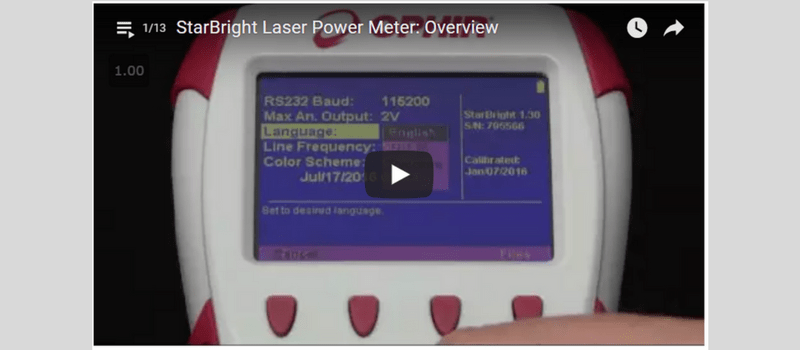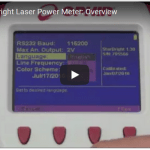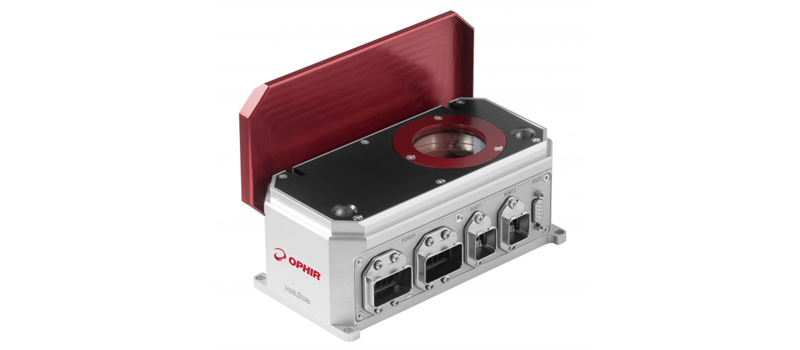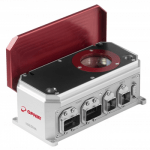A few months ago, I mentioned a new method for measuring kilowatt lasers without water (or even fan) cooling.
The idea was like this: Even a small 50 W sensor can handle high powers for a short amount of time, like a few seconds. Several of our sensors’ specifications were adjusted to reflect this.
For example, the L40(150)A is meant to measure 40 W continuously, but it can actually measure 4000 W for a second.
I didn’t mention how to use a regular power meter to display this measurement. The power meter can’t actually measure the power in such a short time, since a thermal sensor’s response time is a few seconds. The meter can measure energy, though, which is why the spec for the sensor above doesn’t actually say 4000 W for 1 second. It just says 4000 J (which is equivalent).
Ok, so we’re measuring energy technically, but we are looking for power. Who cares? 4000 W = 4000 J divided by 1 second.
This is all well and good at 1 second since dividing by 1 doesn’t change the number. You can measure energy and the meter will say 4000 J. You’ll know the laser power is 4000 W. But once the pulse width is not exactly one second, it will get confusing.
That’s why our newest power meter, StarBright, has a new “power from pulse” feature. Just enter the pulse width into the meter and then when you measure pulse energy, the meter will automatically convert the reading into power in watts.
This is just one of several new features exclusive to the StarBright meter.
You can find out more in my recent post on the StarBright meter.












Please, send me information !!! I would highly appreciate it !!!